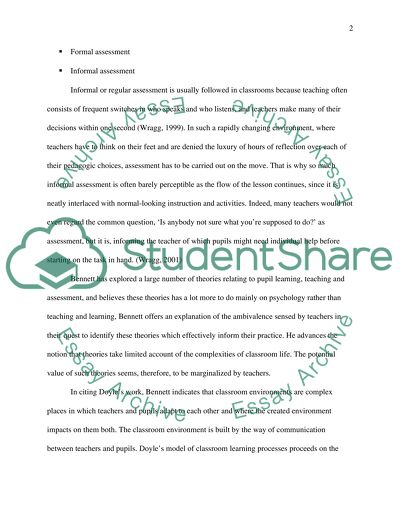Cite this document
(“Assessment does not stand outside teaching and learning but stands in Essay”, n.d.)
Retrieved from https://studentshare.org/education/1513376-assessment-does-not-stand-outside-teaching-and-learning-but-stands-in-dynamic
Retrieved from https://studentshare.org/education/1513376-assessment-does-not-stand-outside-teaching-and-learning-but-stands-in-dynamic
(Assessment Does Not Stand Outside Teaching and Learning But Stands in Essay)
https://studentshare.org/education/1513376-assessment-does-not-stand-outside-teaching-and-learning-but-stands-in-dynamic.
https://studentshare.org/education/1513376-assessment-does-not-stand-outside-teaching-and-learning-but-stands-in-dynamic.
“Assessment Does Not Stand Outside Teaching and Learning But Stands in Essay”, n.d. https://studentshare.org/education/1513376-assessment-does-not-stand-outside-teaching-and-learning-but-stands-in-dynamic.


